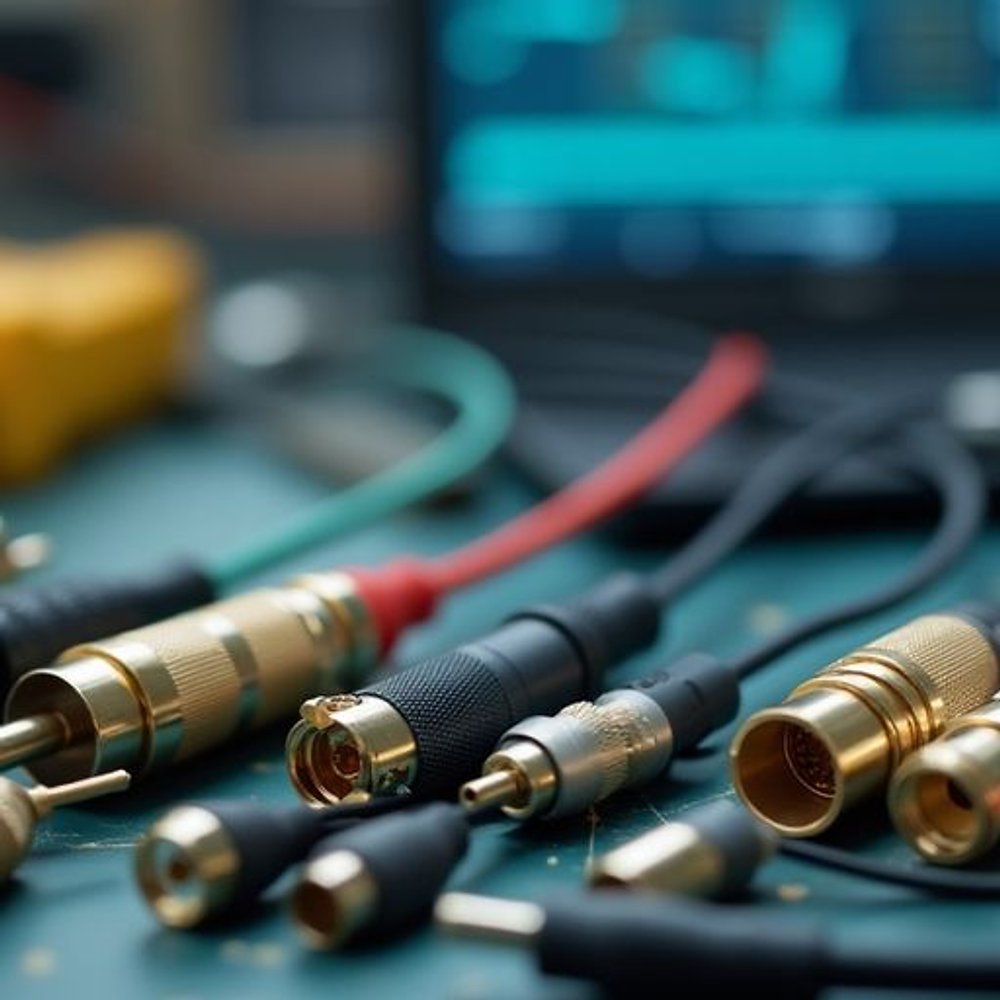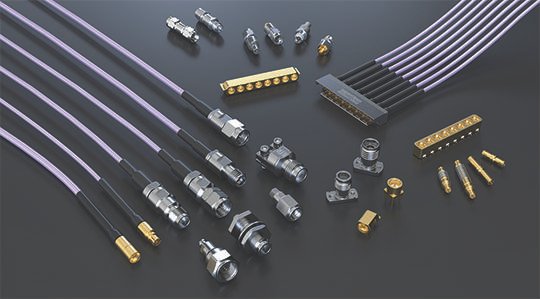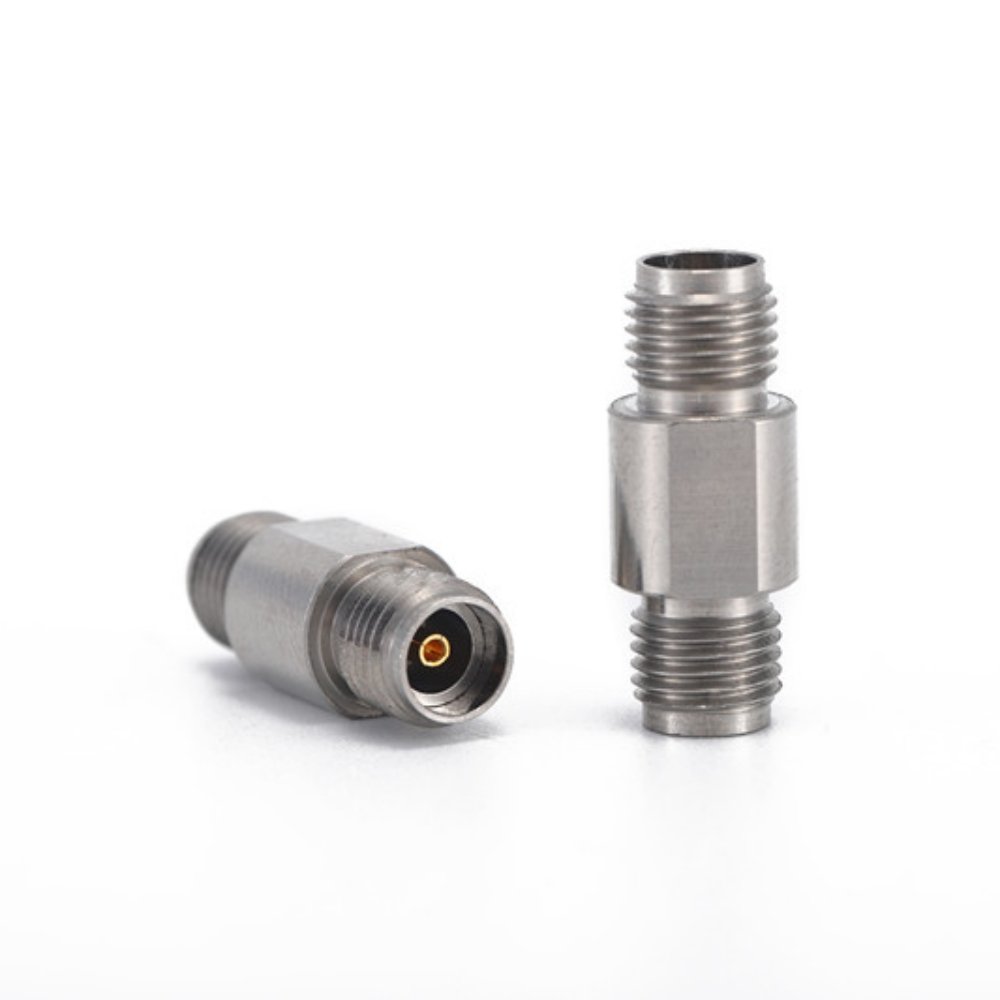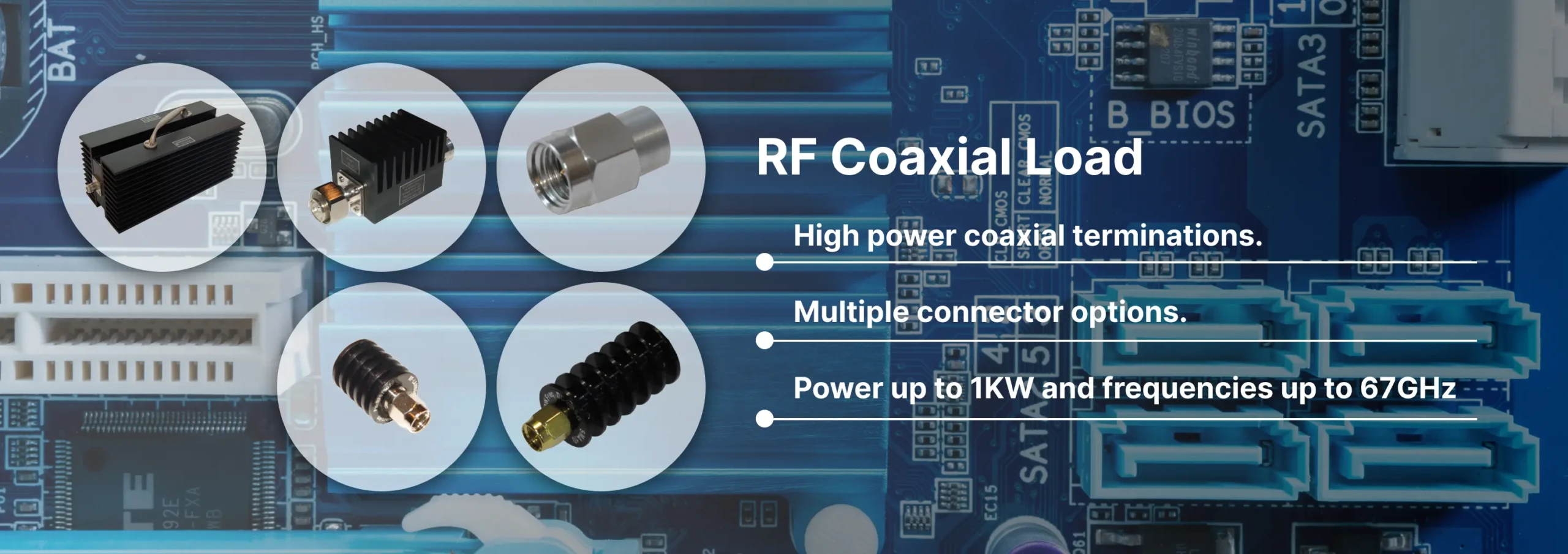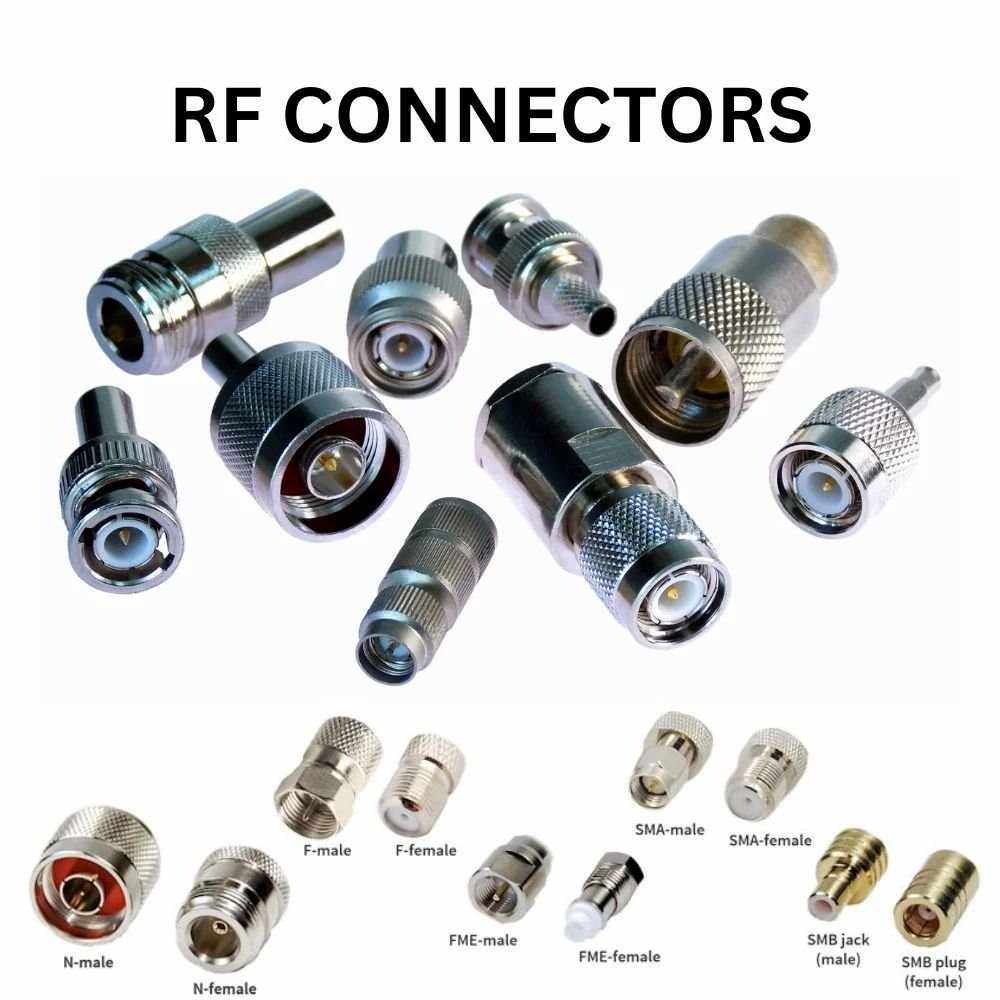by Angela
Share

In the world of high-frequency communication systems, RF cables are often the unsung heroes that carry critical signals. Whether it’s for wireless communication, satellite links, or laboratory setups, selecting the right RF cable can make or break the reliability and performance of your system.
In this blog, we will explore what goes into an RF cable, the factors that affect its performance, and how to choose the right one for your needs.
🔍 What is an RF Cable?
An RF (Radio Frequency) cable is designed to carry high-frequency signals from one point to another. These cables are commonly used in communication systems, signal transmission, and electronics, often operating in the frequency range of 30 Hz to 300 GHz.
RF cables are typically made up of a few critical components:
- Conductor: Carries the RF signal. It is usually made from copper or aluminum for its excellent conductivity.
- Insulation: Prevents interference from external signals and ensures that the electrical signals within the conductor do not leak.
- Shielding: Provides protection from electromagnetic interference (EMI) and prevents the RF signal from radiating outside the cable.
- Jacket: The outer layer that provides physical protection to the internal components.
Each of these elements plays a vital role in maintaining signal integrity and reducing loss during signal transmission.
🧠 Key Factors to Consider When Choosing RF Cables
When selecting an RF cable, it’s important to understand how the following factors can impact performance:
1. Frequency Range
Different RF cables are designed for specific frequency ranges. Whether you’re transmitting signals in the low MHz range or operating in the GHz range, selecting a cable that matches your frequency requirements is essential.
- Low-frequency cables (e.g., RG-6, RG-58) are commonly used for general-purpose and lower-frequency applications.
- High-frequency cables (e.g., RG-213, LMR-400) are designed to operate in more demanding environments with better insulation and shielding.
2. Attenuation (Signal Loss)
Attenuation refers to the signal loss as it travels through the cable. This is an important specification when choosing a cable because excessive attenuation can degrade signal quality, particularly in long-distance applications.
- The thicker the cable, the lower the attenuation, but it can also increase the weight and cost.
- Cable length also impacts signal attenuation — longer cables tend to have higher loss.
3. Impedance Matching
For optimal performance, the cable’s impedance needs to match the equipment it is connecting. Impedance mismatch leads to signal reflections, which can cause signal degradation and system instability.
- 50-ohm cables are commonly used for most RF applications, especially in telecommunications.
- 75-ohm cables are typically used for video and broadcast applications.
4. Shielding and Interference
Proper shielding is essential to prevent external electromagnetic interference (EMI), which can disrupt the signal being transmitted through the cable. The two most common types of shielding are:
- Braided shielding: Offers good flexibility and protection.
- Foil shielding: Provides a higher level of shielding against interference.
The quality of shielding should be chosen based on the environment in which the cable will be used, such as industrial, outdoor, or laboratory settings.
📈 Cable Types: Which One is Right for You?
There are various types of RF cables, each suited for different applications. Here’s a quick overview of some of the most popular choices:
- RG-6: Commonly used for CATV and satellite TV systems. It has a solid center conductor and good shielding.
- LMR-400: A high-performance cable used in radio communications. It offers low attenuation and excellent shielding.
- RG-58: Used in low-frequency applications and general-purpose use for short distances. It’s cost-effective but offers higher attenuation compared to other cables.
- RG-213: A versatile and durable cable, often used in military and industrial applications where rugged performance is required.
⚙️ How to Properly Install and Maintain RF Cables
Even the best RF cables can perform poorly if not installed and maintained properly. Here are a few installation tips:
- Avoid sharp bends: Sharp bends can lead to increased signal loss and even damage the cable’s integrity.
- Ensure secure connectors: Loose connectors can cause impedance mismatches and increase signal loss.
- Keep cables clean: Dust and dirt can affect the connectors and result in poor signal quality.
- Use appropriate connectors: Ensure the connectors match the impedance and size of the cable you are using.
🌟 Product Recommendation: Our High-Quality RF Cables
At Reach-Line, we offer a wide range of high-performance RF cables designed for various applications. From low-loss cables to heavy-duty industrial cables, we have the right solution for your needs. Our cables are manufactured with the highest standards to ensure reliable, long-lasting performance.
🔗 Explore our full range of RF cables
📌 Conclusion
Choosing the right RF cable is crucial to ensure your system operates at peak performance. By considering factors such as frequency range, attenuation, impedance matching, and shielding, you can select a cable that meets your needs and minimizes signal loss and interference.
If you’re unsure which cable is best for your application, don’t hesitate to reach out to our experts at Reach-Line for tailored recommendations.
📝 Call to Action
Need advice on choosing the right RF cable for your project? Visit our website and get in touch with our support team, or browse our extensive catalog of RF cables.
STAY IN FOR MORE NEWS
Subscribe to our free newsletter.
The 3.5mm adapter is an indispensable component for high-frequency 50-ohm RF systems, ensuring signal integrity and exceptional performance. Known for its precision and ability to operate at frequencies up to 34 GHz, this adapter is widely used across telecommunications, aerospace, and defense industries, where reliable RF connections are critical. Why Choose the 3.5mm Adapter? Seamless
Did you know that the N-Type connector, a cornerstone of RF technology, has its roots in the 1940s? Originally designed for the U.S. Navy, this versatile connector has adapted to meet modern demands across telecommunications, defense, and high-frequency testing. The world of coaxial connectors has evolved into a vast array of types and standards, each
Discover Reach-Line’s precision RF and microwave terminations covering DC to 110 GHz and power levels 1 W to 1000 W. Reliable, low VSWR solutions for 5G, satellite, and lab applications.
What is an RF Coaxial Connector? RF (Radio Frequency) and wireless systems play a pivotal role in nearly every modern application, ranging from telecommunications to consumer electronics and beyond. To ensure seamless interconnectivity within these systems, a wide variety of RF connectors are utilized. These connectors serve as critical components for establishing connections between modules,

